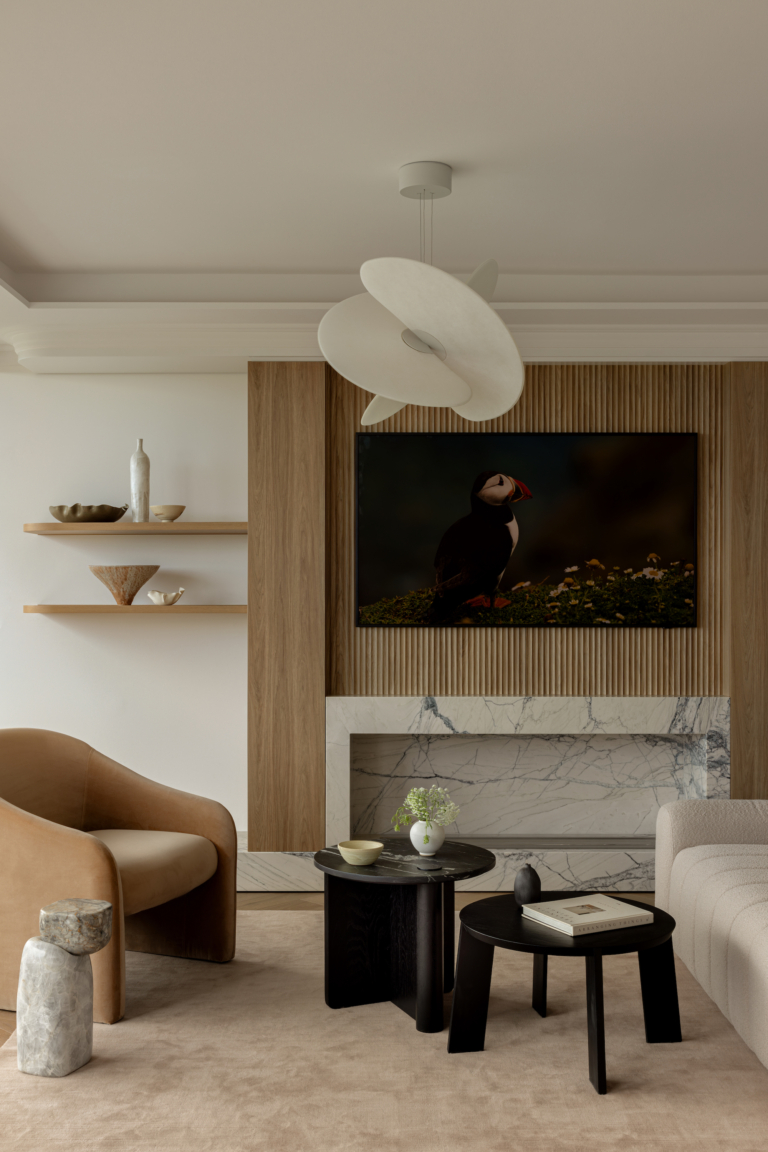
A Japanese Layered Influence – Eazy Peazy by Carr
Taking heeded reference from Japanese spatial sensibilities and a restrained, minimal approach, Eazy Peazy inserts itself into a bustling retail and hospitality strip. In conjuring a refined and muted dining experience, Carr expresses the elongated site through subtle textural gestures and soft linear illuminated elements.
Owned by sake makers Toji Sake, Eazy Peazy offers an immersive dining experience founded on Japanese principles of design and placemaking. Behind its wasabi-coloured streetscape frontage, an extension of the sake making process sees a similar venue emerge of clean and crisp moments. The long and linear site posed its own unique challenges, including the absence of established service connections and a lack of natural light. Through the incorporation of reflective and textural surfaces, an expression of the linear nature of the space ensures the length and depth is celebrated – being made to feel perceptively larger as a result. Subtle and restrained lighting then inserts a consistent glow throughout, seeing Carr adopt a layered methodology in staging a journey for patrons as they move through each space.
The combined dining and bar areas fuse the essence of the modern Australian culinary experience together with the authenticity and honesty of a Japanese eatery. True to its intent, finishes are left raw, with their natural patina and wear as a mark of time and a shared narrative. Upon approach, walls are flanked by troughed plaster, similar to the imprint from a gravel rake, eliciting calm. The unique surface encourages an interaction with light, reflecting and absorbing the undulations and irregularities, while also being an expression of its own imperfections.
The open hibachi kitchen fills the space with further animation and pulls the guests into the making and preparation process, while mirrored walls ensure the space feels wider than it is. As a further expression of layering, sand-poured partition screens discreetly allow for a separation between the front and middle dining space, sitting filled at partial height to allow visibility to remain uninterrupted. The same peaked insertions of sand also reference the mountains of Japan in their own subtle way and become like a live art piece, interactive and always in motion across time. The intimacy of a small Japanese restaurant is recreated through the zoning created throughout, with the discreet lighting and lack of adornment as a reminder of its origins.
















